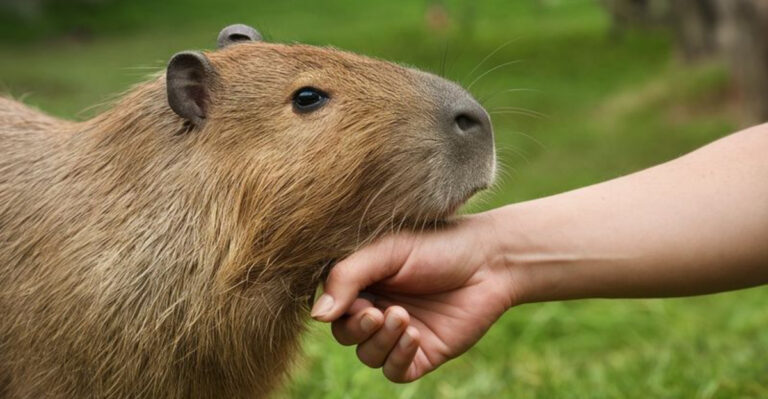Alpaca vs Llama – What’s The Difference?
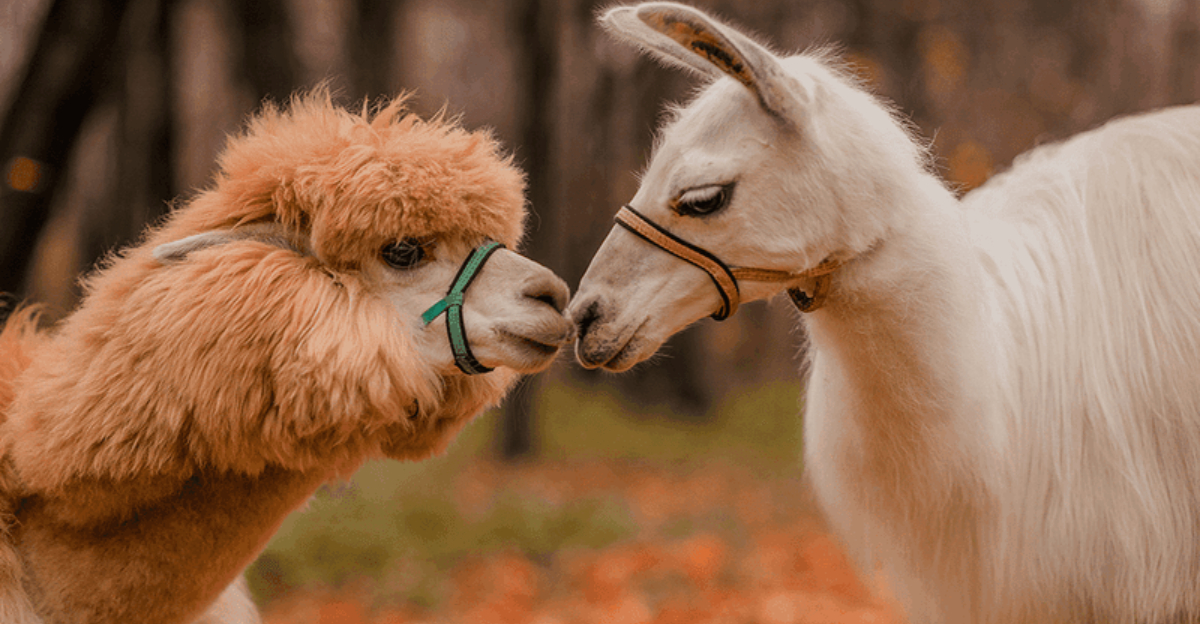
Alpacas and llamas are often mistaken for one another, yet they harbor distinct characteristics that make each unique.
From their physical appearance to their behavioral quirks, understanding these differences can enrich our insight into these fascinating creatures.
Whether you’re a farmer, a fiber enthusiast, or just curious, knowing what sets alpacas apart from llamas can be both enlightening and amusing.
Let’s explore the key differences between these charming animals, ensuring you can spot the nuances in their wool, size, temperament, and utility as you encounter them in various settings.
1. Physical Appearance
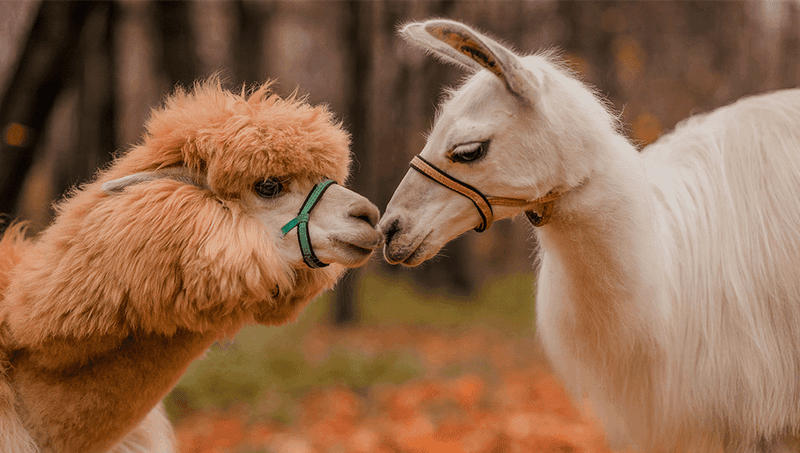
Alpacas and llamas are visually distinct, and one of the easiest ways to tell them apart is by their size and wool type. Alpacas are generally smaller, weighing between 100-200 pounds. Their wool is finer and softer, often sought after for high-quality textiles. Conversely, llamas are larger, weighing between 200-450 pounds, and have coarser wool. This difference in size and wool texture is a result of their different uses and breeding.
Llamas were historically bred for carrying loads, which explains their robust build. Alpacas, on the other hand, were primarily bred for their wool, leading to a softer, more delicate coat. Additionally, the shape of their faces differs; alpacas have a blunter snout, while llamas have a longer face. Understanding these physical traits helps in identifying these animals quickly. These differences also influence their care and handling in farming environments.
2. Purpose And Domestication
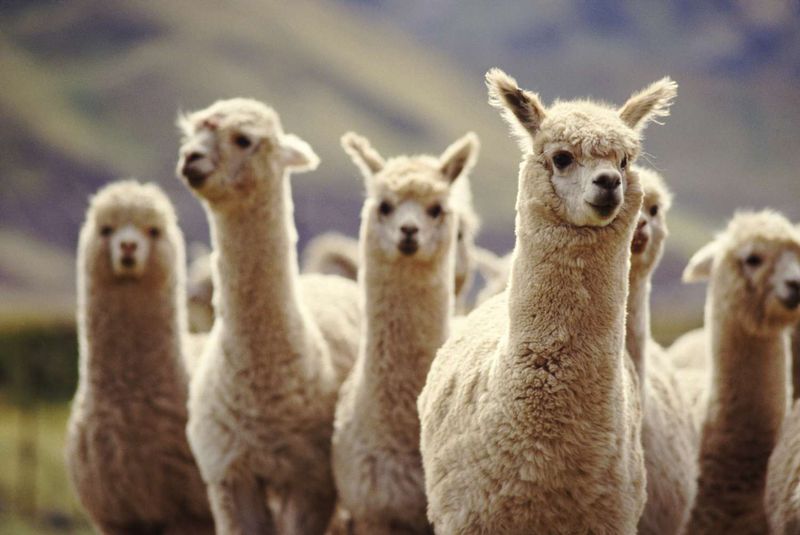
Alpacas and llamas have been domesticated for different purposes, which is reflected in their physical and behavioral traits. Alpacas are primarily bred for their luxurious fleece. Their soft, hypoallergenic wool is prized in the textile industry, making alpacas valuable for fiber production.
Llamas, however, have been used as pack animals for centuries. Their larger size and strength make them suitable for carrying heavy loads over rugged Andean terrains. This utilitarian role has shaped their temperament, making them more independent compared to alpacas.
Both animals are well-suited to high-altitude environments, but their domestication processes highlight their distinct roles. While alpacas are more social and prefer to stay in herds, llamas are often more aloof and can serve as effective guard animals, even protecting herds of sheep from predators. Their different domestication purposes underscore their unique contributions to agriculture and rural economies.
3. Behavioral Traits
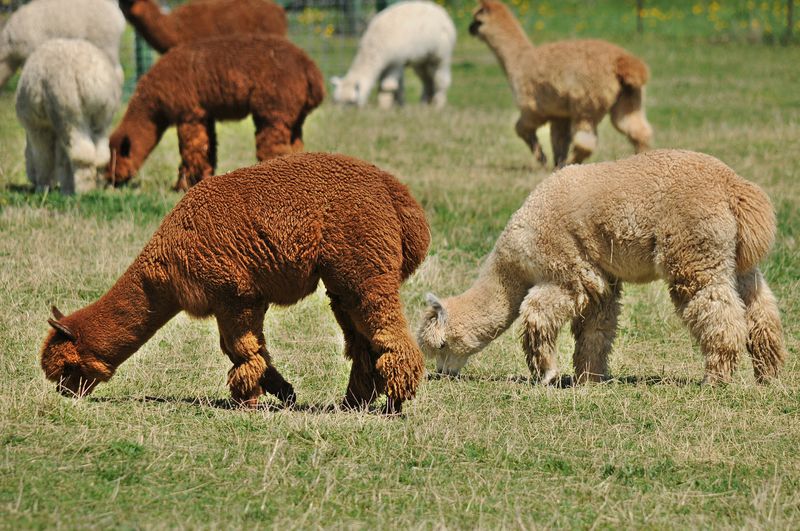
The behavioral traits of alpacas and llamas further differentiate these two species. Alpacas are social creatures that thrive in herds. They exhibit a gentle nature, making them suitable for close human interaction. Their herding instinct means they communicate through humming sounds, expressing contentment or alertness.
Llamas, on the other hand, are known for their independence. While they can also live in groups, they often stand apart, watching over livestock. This trait makes them excellent guard animals, as they are known to protect other animals from threats. Their alertness and confidence are beneficial in keeping predators at bay.
The contrast in their behavior can affect how they are managed on farms. While alpacas require companionship and are relatively easy to handle, llamas can function independently. Understanding these behavioral nuances helps in providing appropriate care and optimizing their roles in agricultural settings.
4. Diet And Feeding Habits
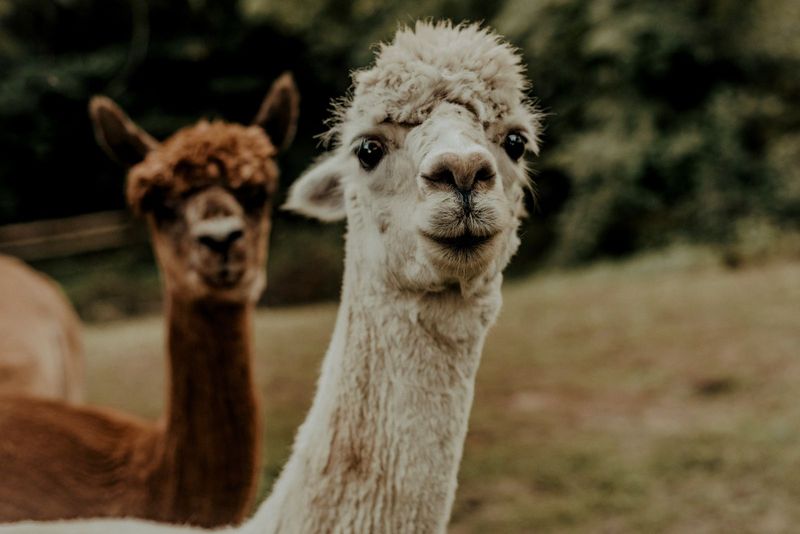
Alpacas and llamas have dietary preferences that suit their respective environments. Alpacas primarily graze on soft grass, requiring a diet rich in fiber but low in protein. This diet supports their need for maintaining a healthy fleece.
Llamas, however, are more adaptable in their feeding habits. They can consume tougher vegetation, including shrubs and bark, which reflects their robust constitution. This dietary flexibility makes them more resilient in harsh environments where food options might be limited.
Despite these differences, both animals have similar digestive systems, characterized by a three-compartment stomach that efficiently processes food. This system allows them to extract maximum nutrients, a valuable trait given their native high-altitude habitats. Understanding their dietary needs is crucial for their health and productivity, influencing farming practices regarding feed types and pasture management.
5. Social Structure And Interaction
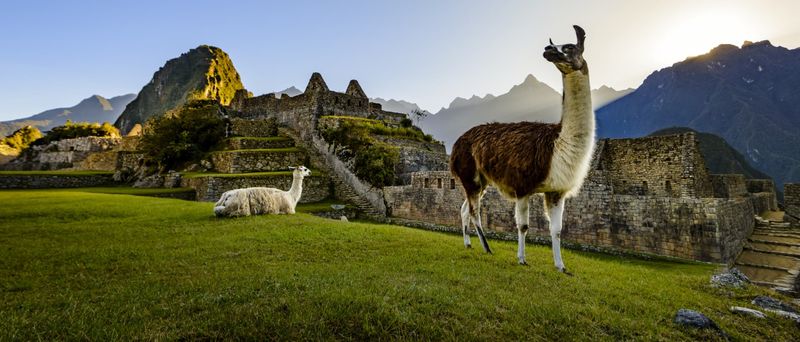
The social structure and interaction patterns of alpacas and llamas highlight their natural behaviors and environmental adaptations. Alpacas are highly social animals, forming close-knit herds. Their strong herd dynamics facilitate protection against predators and environmental stressors.
In contrast, llamas, while also capable of forming herds, often exhibit a more solitary demeanor. This independence is advantageous when they act as guard animals. Llamas can integrate into sheep or goat herds, providing an extra layer of security.
Their social tendencies influence how they are managed. Alpacas benefit from being in groups with ample space for social interaction, whereas llamas can be effective even in smaller numbers. This understanding of their social patterns aids in creating optimal living conditions, enhancing their well-being and effectiveness in their roles, whether in fiber farming or livestock protection.
6. Reproductive Habits
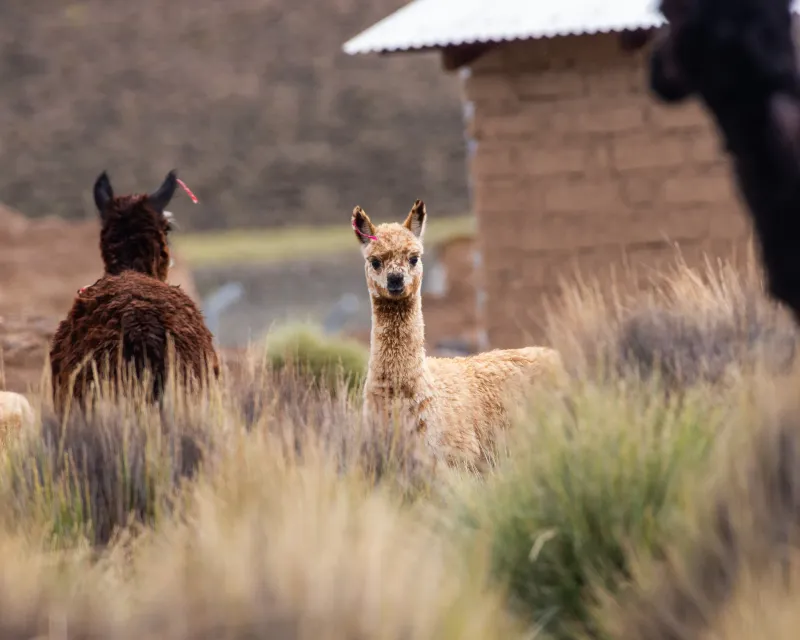
Reproductive habits of alpacas and llamas share similarities but also possess unique characteristics. Alpacas have a gestation period of about 11.5 months, usually giving birth to a single cria, or baby, during the day when conditions are optimal. This timing reduces the threat from predators and ensures the cria’s survival.
Llamas also have a long gestation period, typically around 11 months. Similar to alpacas, they usually bear one young at a time. However, llamas often give birth in more varied conditions due to their hardier nature.
Both species exhibit protective maternal instincts, with mothers nurturing their young until they are independent. Understanding these reproductive habits is crucial for breeders, ensuring that alpacas and llamas are provided with the right care and environment during breeding seasons. This knowledge aids in managing herd populations effectively, enhancing both animal welfare and productivity.
7. Territorial Behavior
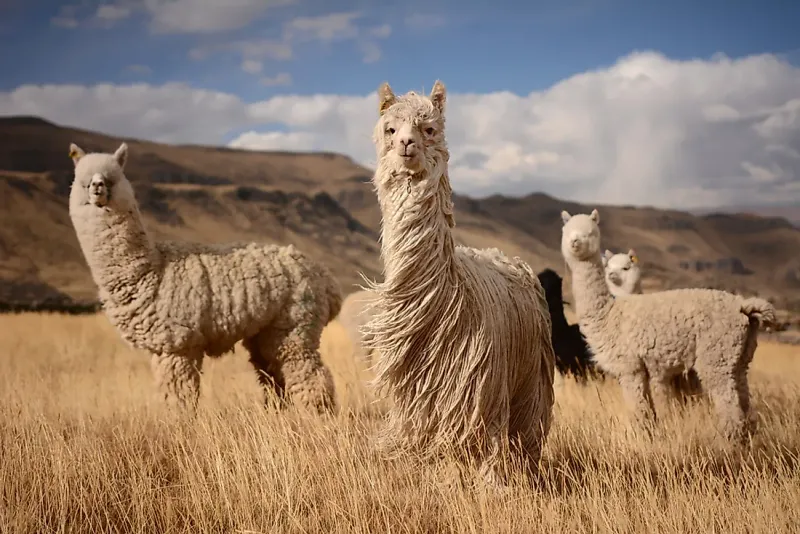
Territorial behavior is another aspect where alpacas and llamas diverge. Alpacas, being herd animals, exhibit minimal territorial aggression. They are more focused on maintaining social bonds within the group, rarely displaying defensive behavior unless threatened.
Llamas, conversely, can be quite territorial. Their role as guard animals necessitates a level of alertness and assertiveness. They will patrol boundaries and can become aggressive towards perceived threats, using their size and strength to defend.
This territorial nature of llamas makes them excellent at protecting livestock from predators such as coyotes. For farmers, understanding these behaviors is vital for utilizing llamas effectively as part of their herd protection strategy, while alpacas’ non-territorial nature complements their role in fiber production, ensuring a peaceful coexistence within their groups.
8. Longevity And Health
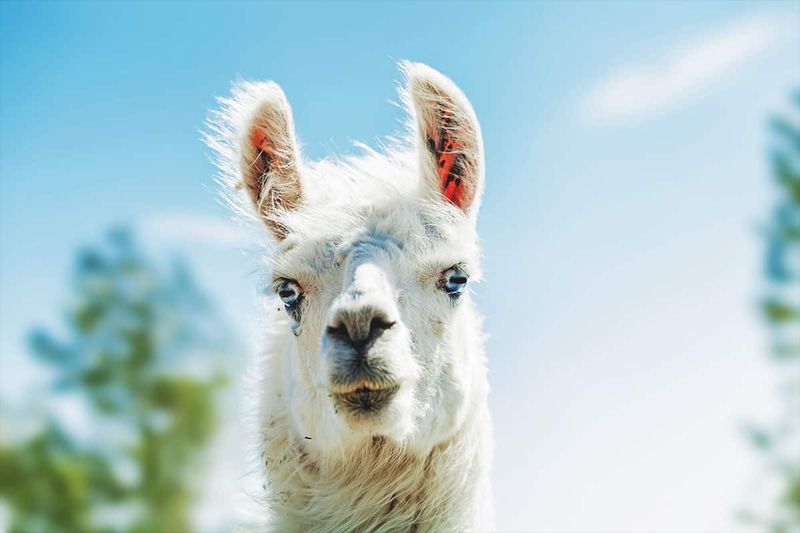
The lifespan and health considerations of alpacas and llamas are essential for prospective owners and farmers. Alpacas typically live between 15 to 20 years, with a strong emphasis on wool production during their life. Their health is largely correlated with diet quality and living conditions.
Llamas can live slightly longer, often reaching up to 25 years. Their robust constitution contributes to their longevity, making them reliable work animals over many years. They require regular health check-ups to maintain their strength and vitality.
Both animals need vaccinations, regular deworming, and attention to dental health to prevent common ailments. Understanding these longevity and health requirements aids owners in providing appropriate care, ensuring that these animals remain healthy and productive throughout their lives. Investing in proper health management is crucial for maximizing their lifespan and the quality of their contributions.
9. Vocalizations And Communication
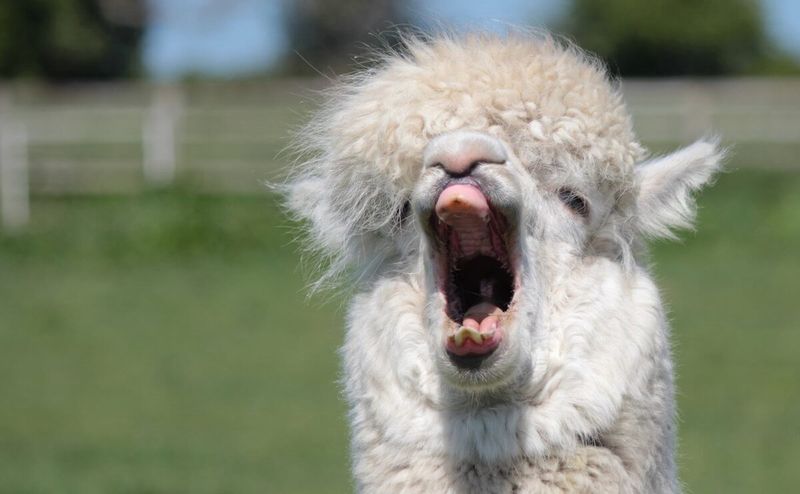
Alpacas and llamas have distinct vocalizations that reflect their communication styles and social behaviors. Alpacas are known for their gentle humming, a sound that conveys contentment, curiosity, or mild distress. This humming serves as a social glue within the herd, reinforcing bonds and ensuring cohesion.
Llamas, however, possess a broader range of vocalizations. They can produce a loud, high-pitched alarm call to alert others of potential danger, a trait that complements their role as guardians. This call can be heard over long distances, effectively warning both their own kind and other animals.
Understanding these communication methods is crucial for handlers and farmers. Recognizing these sounds and their meanings aids in monitoring the animals’ well-being and identifying any threats or issues quickly. Such knowledge enhances the ability to manage these animals effectively, ensuring harmony within herds and protection for other livestock.
10. Historical Significance
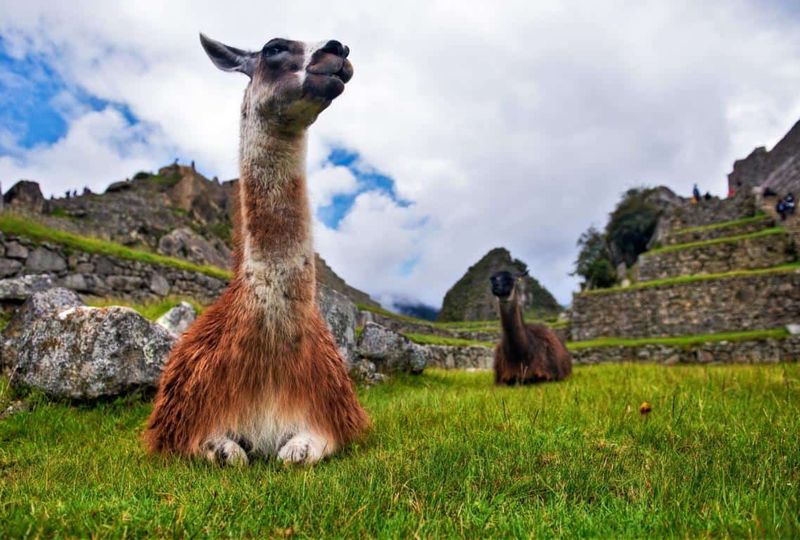
The historical significance of alpacas and llamas is deeply rooted in South American culture, especially among the ancient Incan civilization. Alpacas were primarily valued for their wool, which was used to create fine clothing and textiles. Their fleece symbolized wealth and was a major trade commodity.
Llamas were essential as pack animals, significantly contributing to the Inca’s ability to transport goods across the challenging Andean landscape. Their strength and endurance made them indispensable for carrying heavy loads, facilitating commerce and communication.
Both animals were also involved in religious and cultural ceremonies, reflecting their importance in Incan society. They were depicted in art and folklore, symbolizing prosperity and resilience. Understanding this historical context enriches our appreciation of their roles today, not only as agricultural animals but also as cultural icons that continue to influence the heritage and traditions of Andean communities.




